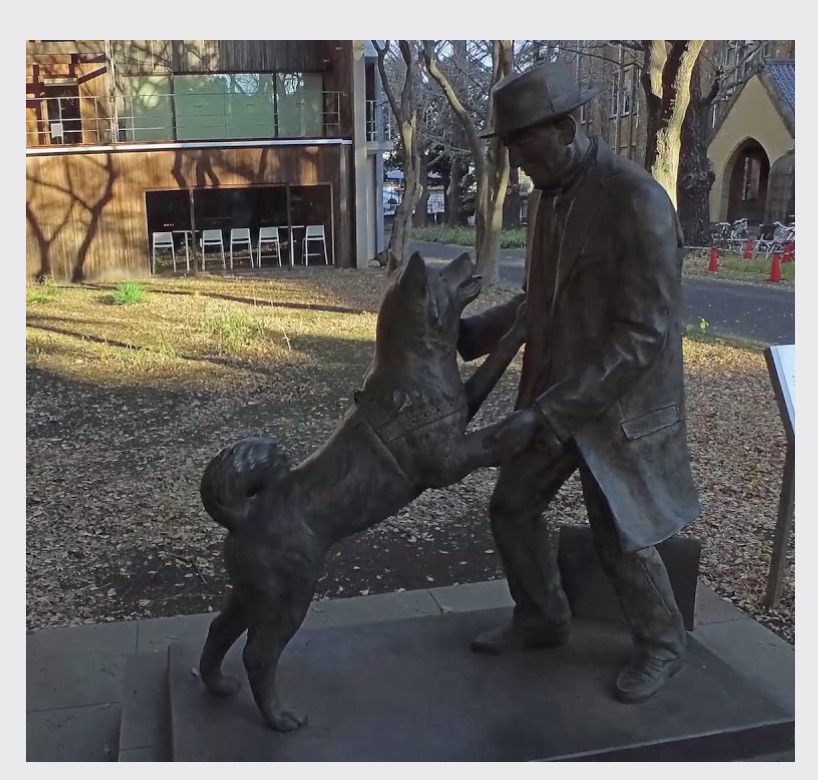Hachiko, Japan's National Symbol of Loyalty
To describe a dog as "man's best friend" is cliché, but still true. Dogs are known for their loyalty, and Hachiko may be the most loyal one.
The story of Hachiko took place prior to WWII. Hachiko was born in 1923 in Akita. It was a purebred Japanese Akita dog. In 1924, his owner brought the little puppy to Eizaburo Ueno, professor at Tokyo University. Ueno loved his dog above all else and treated him like a son. There was a strong bond between them.
Ueno and Hachiko lived in Shibuya, a district in Tokyo. Every morning, when Ueno would go to work, Hachiko would accompany him to the Shibuya train station. When Ueno finished work in the evening, Hachiko would be dutifully waiting for him at the station. In 1925, when Hachiko was a two-year-old puppy, he was sitting, waiting for his dear master. But Ueno never showed up.
It turned out that Ueno died from a heart attack at work. After his death, Ueno’s family gave Hachiko to someone else. But he routinely escaped and returned to his old home. After some time, Hachiko realised that his master no longer lived at the house. So he went to look for him at the train station. Each day, Hachiko waited for Eizaburo Ueno to return. And each day he didn't see his friend among the commuters at the station. Months and years went by. In 1935, Hachiko died in the spot where he had spent a decade waiting each day for his master to come home. They buried his bones next to his master's grave.
This touching tale of Hachiko made him a celebrity all over Japan. The Japanese started calling him “Chuken- Hachiko”. It means “Hachiko – the faithful dog”. The story eventually spread throughout the world. A Hollywood film was made about Hachiko’s story in 2009. Years later, the Japanese built a statue in his honour near Shibuya station. Hachiko’s statue is a true testament to the love dogs have for their humans.

